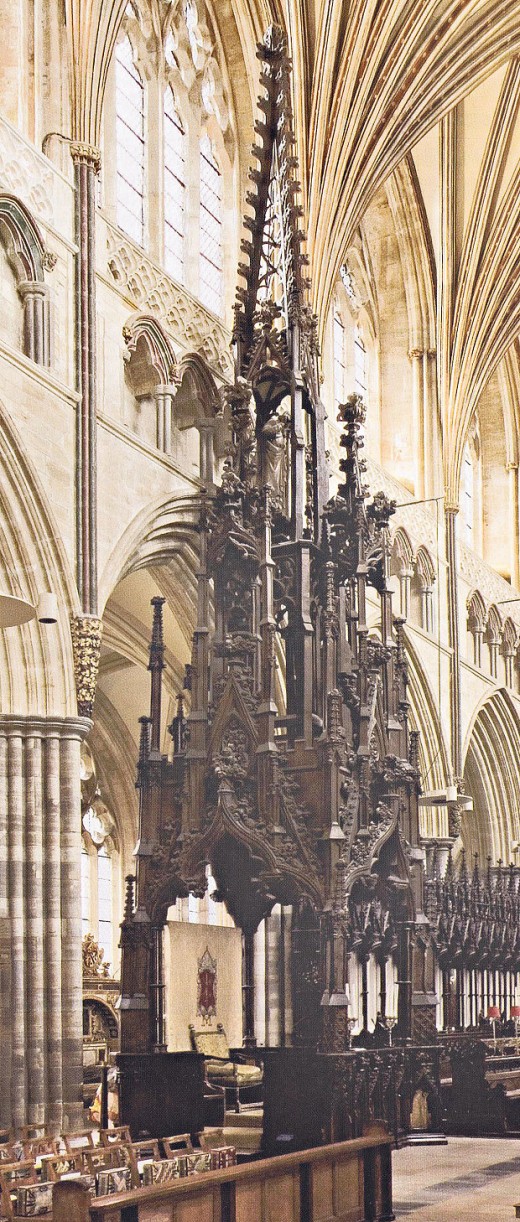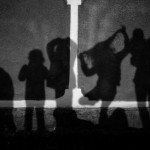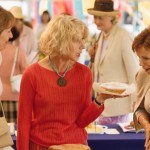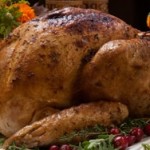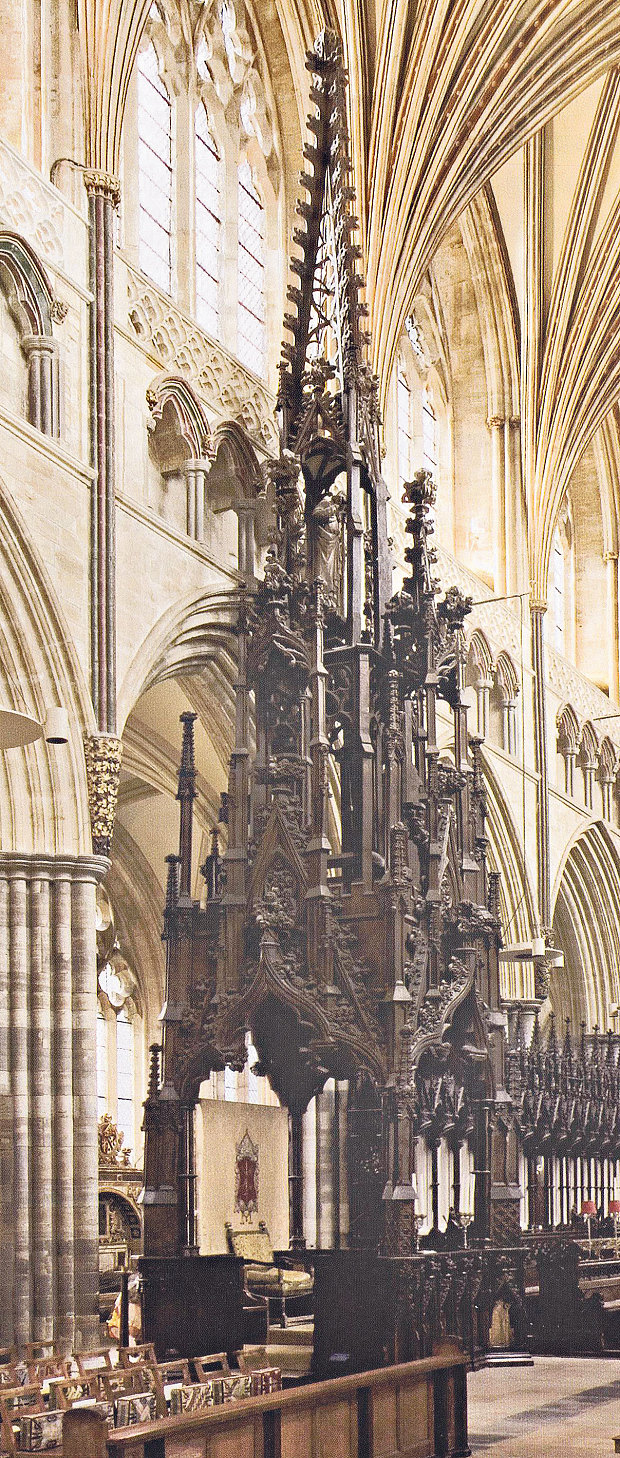A throne like a church spire
Sacred Mysteries: towering 50 feet, the bishop’s throne at Exeter cathedral looks all the more astonishing after 700 years
The bishop’s throne in Exeter cathedral is a “monument of unprecedented grandeur,” wrote Nikolaus Pevsner, “the most exquisite piece of woodwork of its date in England and perhaps Europe”. Its date was 1312-25, and when finished its crocketed spire rose 53ft, like a tall hollyhock, into the roof vaults of the choir before the high altar.
There it stands today, its dark oak meeting our idea of what a masterpiece of carving should look like: expressing the medium in which it was made. The lightness and tensile strength of wood enable the central structure to appear to float in space. We know the very woods from which its oak was taken in 1313: at Chudleigh and Norton (now Newton
St Cyres).
Yet, when it was finished we must picture it as of very different appearance. From fragments that remain, it is apparent that the whole structure was painted in blue, red and green, with gilding on a gesso ground. That accounts for later statements that it was made of marble, for it must have looked like a Gothic steeple brought indoors and richly coloured.
In 1669, the visiting secretary to the Duke of Tuscany mistakenly wrote that it was “formerly (as was the custom in ancient times) the Pix of the most holy Sacrament”. He must have been thinking of something like the 14th-century 38ft-spired sacrament-house at Bad Doberan, Mecklenburg.
A picture of that is shown in Charles Tracy’s new book, Britain’s Medieval Episcopal Thrones (Oxbow Books, £50). It covers the timber thrones and their canopies at St Davids and Hereford; the bishop’s chair at Lincoln; and the stone episcopal thrones at Wells and Durham. The construction and history of these, illustrated by colour photographs and scale line-drawings, will delight any keen amateur church-crawler. Exeter’s canopied throne takes the cake.
It was made taller during its building (as analysis of the structure shows) on the orders of Bishop Walter Stapeldon, who reigned from 1303 to 1326. He was a brave administrator and in his time the cathedral was growing apace – before plague struck, while income was buoyant and the architectural style of a kind pleasing to our eyes.
Carving on the canopy is partly vegetable. Identifiable leaves include oak, water-lily (for diapering surfaces), vine, hawthorn, sycamore, maple. There are generic voluted trefoils and the occasional ballflower. Angels are carved into the cusps of the ogee arches at head level, holding equipment for Mass: cruets of water and wine, a missal, and, on each side of the arch from which the bishop looked out, northwards across the church, thuribles, suitably enough, since this was the direction from which the bishop would be censed in the course of Mass.
The vaulted niches of the three-storey structure held statues of saints. More were painted on the backs of the bishop’s chair and the two seats flanking it (a step lower). Portrait heads of a king and a bishop (presumably Edward II and Bishop Stapeldon) are carved on the canopy, and people like to say that two more heads, of a man and a woman, portray Master Galmeton and his wife.
Galmeton was named in the accounts to receive £4 bonus when the work was completed, along with his fellow master carpenter Membiri. Not all medieval architects are anonymous, for we know that in charge of this project was Master Thomas of Witney. He had worked on St Stephen’s chapel at Westminster, and to him must be credited the delightful nodding ogee arches of the ground-floor storey of the throne-canopy.
The whole work, Dr Tracy reckons, would have cost more than £200 and taken 27 skilled man-years. Its purpose was not quite as a cathedra, or teaching-chair, but as the see, the seat of a bishop functioning in his cathedral. It is a great work of art. We are lucky to have it.
Telegraph Columnists: daily opinion, editorials and columns from our star writers
(97)

